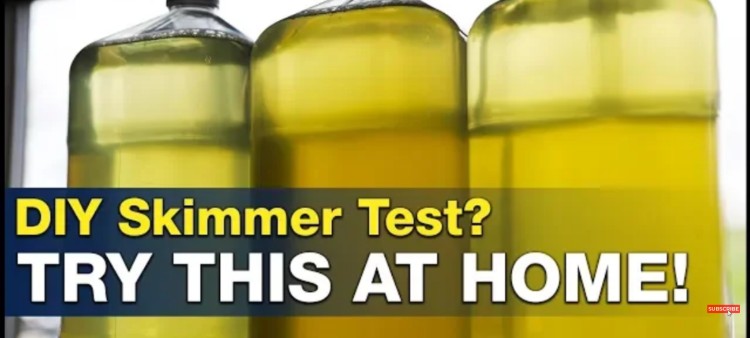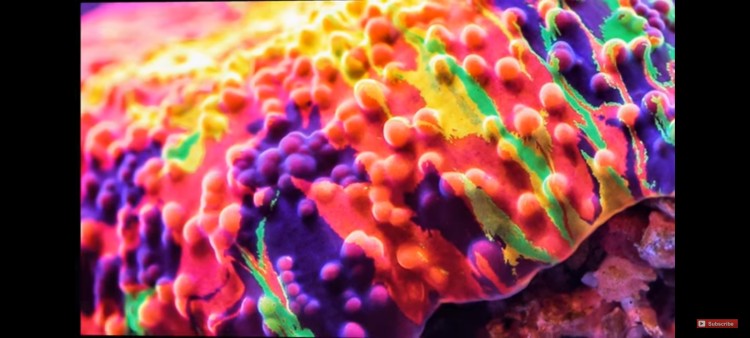DIY Protein Skimmer Test You Can Do at Home! Dry vs. Wet Skimming?
- Sep 25, 2022
- Anshika Mishra
- 384 0 0

In this article, we are answering if dry skim is better than wet. So one who wants the best performance from their skimmer will get your answer today. With this experiment, you can decide where more air and wetter skimmate, less air and drier skimmate, or somewhere in between is suitable for your bioload.
The Experiment Setup
We know that lower air draw speed produces dryer, thicker skimmate foam, while faster air draw creates a more wet and watery skimmate. For this experiment, take this result to the next level by collecting all of the organics that your skimmer removes in 24 hours with the recirculating air draw pump set to three different speeds of one, three, and five, i.e., 450, 810, and 1,080 liters per hour air draw.
After collecting the climate produced in 24 hours, mix each sample with enough RO/DI water to create one-liter solutions and compare them visually, where we expect the most turbid samples to be the most organically rich.
We should remember that our goals are not peer-reviewed scientific study, which almost has no value to the reefers at home and their specific gear. But instead, the goal is to help the joint at home determine the best setup for their equipment, livestock, and bioload.
Diluting what the skimmer is collecting from the tank might be one of the easiest ways for the home reefers to identify the best way to tune their gear quickly and visually.
The Result
Now with the result: Place concentrated lights behind each one-liter skimmate sample, and arrange those samples with the lowest air draw speed one on the left, medium air draw speed three in the center, and the higher air draw speed five on the right.
Although skimmed collected at three and five are a bit closer to each other. In most cases, you'll notice that speed one will contain the least amount of organics since it lets the most light through.
So we could stop here, draw some conclusions about what we are seeing, but in the effort to refine today's results by making them easier to read and at the same time turn this into a fun experiment that you can try on your own you can do this:
Experiment at Home
Dilute the skimmate samples into one-gallon mixing jugs and use the sun from outside, providing us the best evenly diffused light source. Finally, compare the results again by placing them on a window sill.
Looking at the samples again, you can now clearly see three distinct turbidity levels between the organic content. This time, the consistency between air draw speeds three and five are far more discernible to our eyes.
So, answering the question of which skimming process removes the most organics from your tank gets an overwhelming vote out of a 10.
In Conclusion
With this easy at-home experience, using a few containers like the clear mixing jugs, we don't doubt that we can all start to make better choices when choosing a skimmer setting that eliminates common skimmer tuning issues like overflowing or underperforming.
Ultimately, it is not about which protein skimmer is the best but which tuning method is the best for your specific tank, bioload, and feeding habits.
For example, even if speed settings three and five turn out to be the same, the thicker foam and lower air velocity of speed three were much easier to tune and manage.







About author